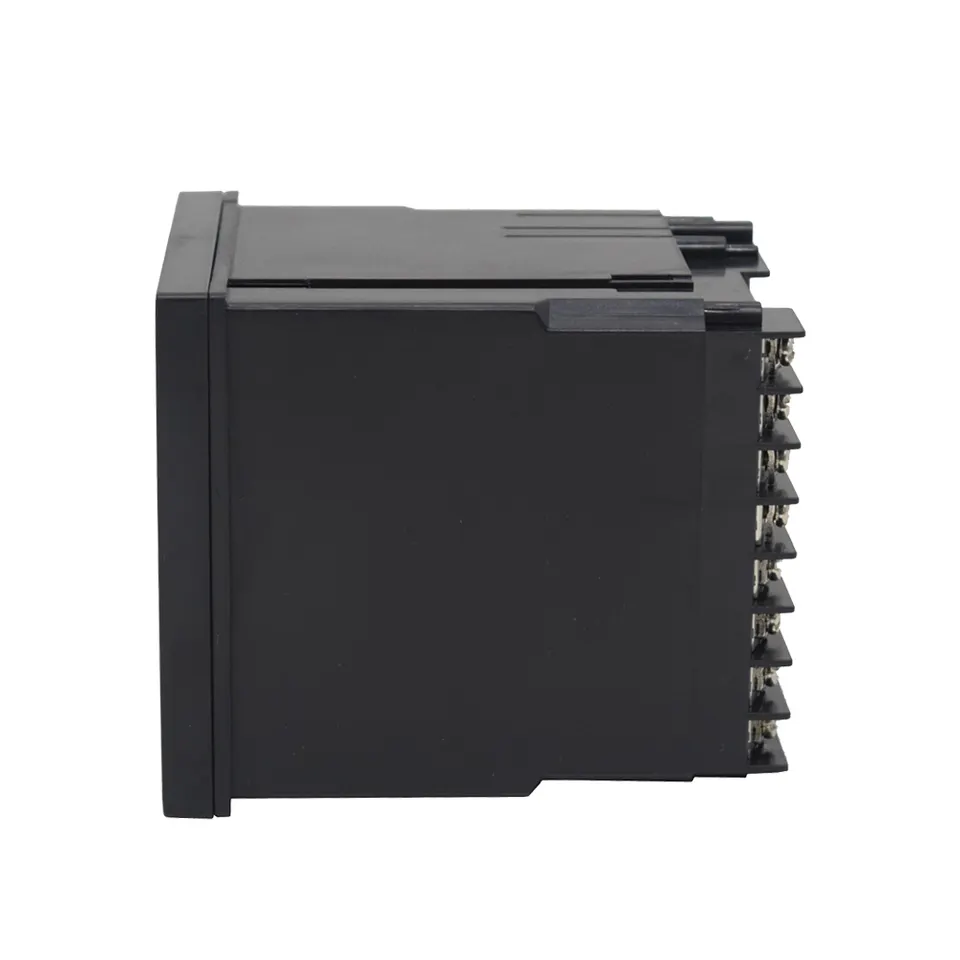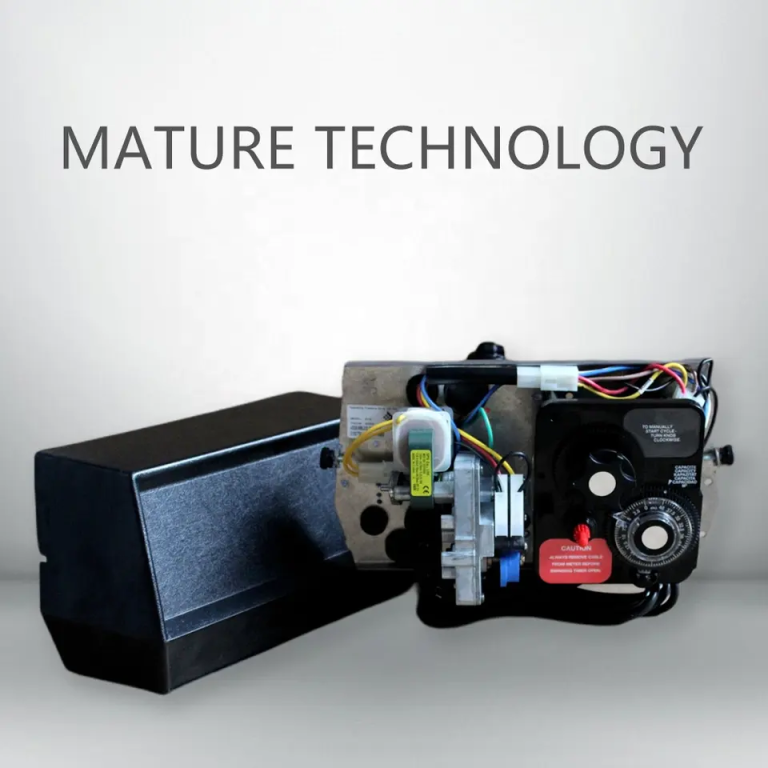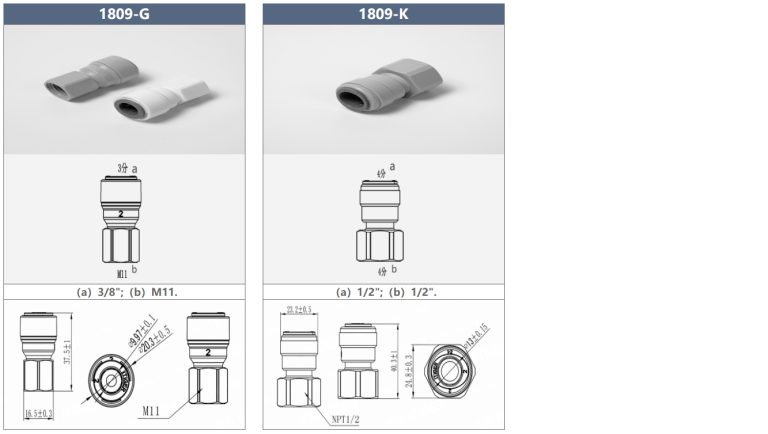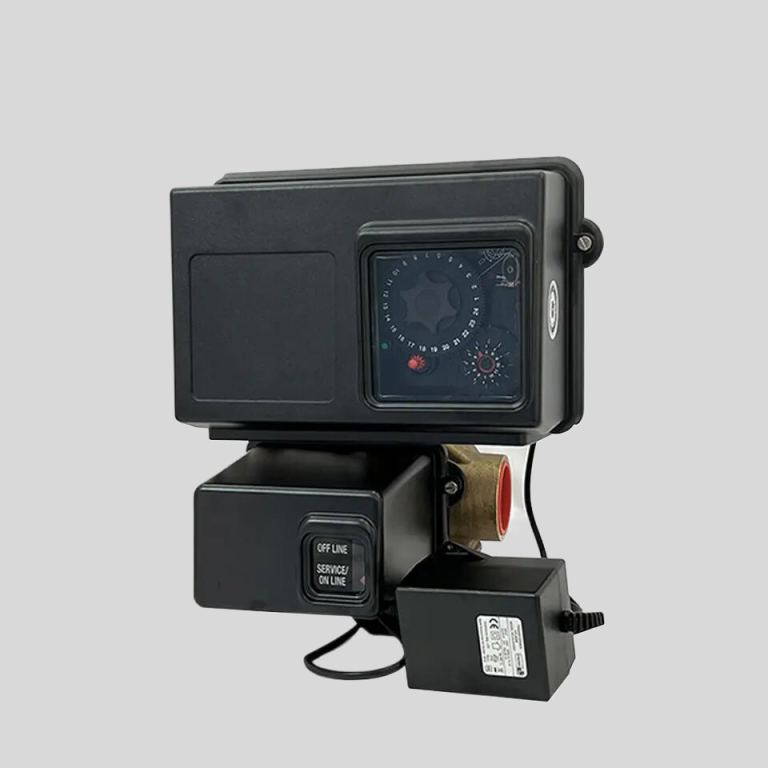溶存酸素計の基本を理解する
溶存酸素計の基本を理解する
溶存酸素計は、液体に溶けている酸素の量を測定するために、さまざまな業界で使用される必須のツールです。この測定は、廃水処理、水産養殖、環境モニタリングなどの多くの用途で重要です。この記事では、溶存酸素計の動作原理を詳しく掘り下げ、正確で信頼性の高い測定がどのように提供されるかを探っていきます。溶存酸素計の仕組みを理解するには、まず溶存酸素の概念を理解することが重要です。溶存酸素とは、液体、通常は水に溶解している酸素ガスの量を指します。この溶存酸素は水生生物にとって、呼吸と生存に必要不可欠なものです。したがって、溶存酸素の適切なレベルを監視し維持することは、さまざまな業界で非常に重要です。溶存酸素計は、液体中の溶存酸素濃度を測定するためにさまざまな技術を利用しています。一般的な方法の 1 つは、ポーラログラフ センサーを使用するポーラログラフ法です。このセンサーは、ガス透過性膜で分離されたカソードとアノードで構成されます。電極間に電圧が印加されると、液体からの酸素分子が膜を通って拡散し、カソードで還元されます。この還元により、溶存酸素濃度に比例する電流が発生します。溶存酸素計で使用されるもう 1 つの技術は光学式です。この方法では、酸素にさらされると発光する発光センサーを利用します。放出される光の強度は溶存酸素濃度に反比例します。放射される光の強度を測定することにより、溶存酸素濃度を正確に測定できます。使用する方法に関係なく、正確な測定を保証するために溶存酸素計を定期的に校正することが重要です。校正には、センサーを既知の濃度の溶存酸素にさらし、それに応じてメーターを調整することが含まれます。このプロセスにより、時間の経過に伴うセンサーの性能のドリフトや偏差が考慮され、信頼性の高い正確な測定が保証されます。最適な性能を得るには、校正に加えて、溶存酸素計の適切なメンテナンスが不可欠です。これには、精度に影響を与える可能性のあるゴミや汚染物質を除去するためのセンサーの定期的な洗浄が含まれます。湿気や極端な温度にさらされるとセンサーが損傷する可能性があるため、使用しないときはメーターを清潔で乾燥した環境に保管することも重要です。さらに、溶存酸素メーターはさまざまな要因の影響を受ける可能性があることに注意してください。彼らの読書に影響を与えます。温度、塩分濃度、圧力は、溶存酸素測定の精度に影響を与える可能性のある重要なパラメーターの 1 つです。したがって、これらの要因を考慮し、必要に応じて適切な修正を適用することが重要です。結論として、溶存酸素計は、さまざまな業界で溶存酸素の適切なレベルを監視および維持する上で重要な役割を果たしています。ポーラログラフ法や光学法などのさまざまな技術を利用することで、これらのメーターは正確で信頼性の高い測定を提供します。最適なパフォーマンスを確保するには、定期的な校正とメンテナンスが不可欠です。さらに、温度、塩分、圧力などの要素を考慮すると、正確な測定値を取得するのに役立ちます。これらのメーターは溶存酸素を測定できるため、廃水処理から養殖、環境モニタリングに至るまで、さまざまな用途の成功と効率に大きく貢献します。 dissolved oxygen meters are essential tools used in various industries to measure the amount of oxygen dissolved in a liquid. This measurement is crucial in many applications, such as wastewater treatment, aquaculture, and environmental monitoring. In this article, we will delve into the working principles of dissolved oxygen meters and explore how they provide accurate and reliable measurements.To comprehend how dissolved oxygen meters work, it is important to first understand the concept of dissolved oxygen. Dissolved oxygen refers to the amount of oxygen gas that is dissolved in a liquid, typically water. This dissolved oxygen is vital for aquatic organisms, as it is necessary for their respiration and survival. Therefore, monitoring and maintaining appropriate levels of dissolved oxygen is crucial in various industries.Dissolved oxygen meters utilize a variety of techniques to measure the concentration of dissolved oxygen in a liquid. One common method is the polarographic method, which involves the use of a polarographic sensor. This sensor consists of a cathode and an anode, separated by a gas-permeable membrane. When a voltage is applied across the electrodes, oxygen molecules from the liquid diffuse through the membrane and are reduced at the cathode. This reduction generates a current that is proportional to the concentration of dissolved oxygen.Another technique used in dissolved oxygen meters is the optical method. This method utilizes a luminescent sensor that emits light when exposed to oxygen. The intensity of the emitted light is inversely proportional to the concentration of dissolved oxygen. By measuring the intensity of the emitted light, the dissolved oxygen concentration can be determined accurately.Regardless of the method used, it is important to calibrate dissolved oxygen meters regularly to ensure accurate measurements. Calibration involves exposing the sensor to known concentrations of dissolved oxygen and adjusting the meter accordingly. This process accounts for any drift or deviation in the sensor’s performance over time, ensuring reliable and precise measurements.In addition to calibration, proper maintenance of dissolved oxygen meters is essential for their optimal performance. This includes regular cleaning of the sensor to remove any debris or contaminants that may affect its accuracy. It is also important to store the meter in a clean and dry environment when not in use, as exposure to moisture or extreme temperatures can damage the sensor.Furthermore, it is worth noting that dissolved oxygen meters can be affected by various factors that may influence their readings. Temperature, salinity, and pressure are among the key parameters that can impact the accuracy of dissolved oxygen measurements. Therefore, it is crucial to consider these factors and apply appropriate corrections when necessary.In conclusion, dissolved oxygen meters play a vital role in monitoring and maintaining appropriate levels of dissolved oxygen in various industries. By utilizing different techniques such as polarographic and optical methods, these meters provide accurate and reliable measurements. Regular calibration and maintenance are essential to ensure their optimal performance. Additionally, considering factors like temperature, salinity, and pressure can help in obtaining accurate readings. With their ability to measure dissolved oxygen, these meters contribute significantly to the success and efficiency of various applications, from wastewater treatment to aquaculture and environmental monitoring.
dissolved oxygen meters are essential tools used in various industries to measure the amount of oxygen dissolved in a liquid. This measurement is crucial in many applications, such as wastewater treatment, aquaculture, and environmental monitoring. In this article, we will delve into the working principles of dissolved oxygen meters and explore how they provide accurate and reliable measurements.To comprehend how dissolved oxygen meters work, it is important to first understand the concept of dissolved oxygen. Dissolved oxygen refers to the amount of oxygen gas that is dissolved in a liquid, typically water. This dissolved oxygen is vital for aquatic organisms, as it is necessary for their respiration and survival. Therefore, monitoring and maintaining appropriate levels of dissolved oxygen is crucial in various industries.Dissolved oxygen meters utilize a variety of techniques to measure the concentration of dissolved oxygen in a liquid. One common method is the polarographic method, which involves the use of a polarographic sensor. This sensor consists of a cathode and an anode, separated by a gas-permeable membrane. When a voltage is applied across the electrodes, oxygen molecules from the liquid diffuse through the membrane and are reduced at the cathode. This reduction generates a current that is proportional to the concentration of dissolved oxygen.Another technique used in dissolved oxygen meters is the optical method. This method utilizes a luminescent sensor that emits light when exposed to oxygen. The intensity of the emitted light is inversely proportional to the concentration of dissolved oxygen. By measuring the intensity of the emitted light, the dissolved oxygen concentration can be determined accurately.Regardless of the method used, it is important to calibrate dissolved oxygen meters regularly to ensure accurate measurements. Calibration involves exposing the sensor to known concentrations of dissolved oxygen and adjusting the meter accordingly. This process accounts for any drift or deviation in the sensor’s performance over time, ensuring reliable and precise measurements.In addition to calibration, proper maintenance of dissolved oxygen meters is essential for their optimal performance. This includes regular cleaning of the sensor to remove any debris or contaminants that may affect its accuracy. It is also important to store the meter in a clean and dry environment when not in use, as exposure to moisture or extreme temperatures can damage the sensor.Furthermore, it is worth noting that dissolved oxygen meters can be affected by various factors that may influence their readings. Temperature, salinity, and pressure are among the key parameters that can impact the accuracy of dissolved oxygen measurements. Therefore, it is crucial to consider these factors and apply appropriate corrections when necessary.In conclusion, dissolved oxygen meters play a vital role in monitoring and maintaining appropriate levels of dissolved oxygen in various industries. By utilizing different techniques such as polarographic and optical methods, these meters provide accurate and reliable measurements. Regular calibration and maintenance are essential to ensure their optimal performance. Additionally, considering factors like temperature, salinity, and pressure can help in obtaining accurate readings. With their ability to measure dissolved oxygen, these meters contribute significantly to the success and efficiency of various applications, from wastewater treatment to aquaculture and environmental monitoring.






